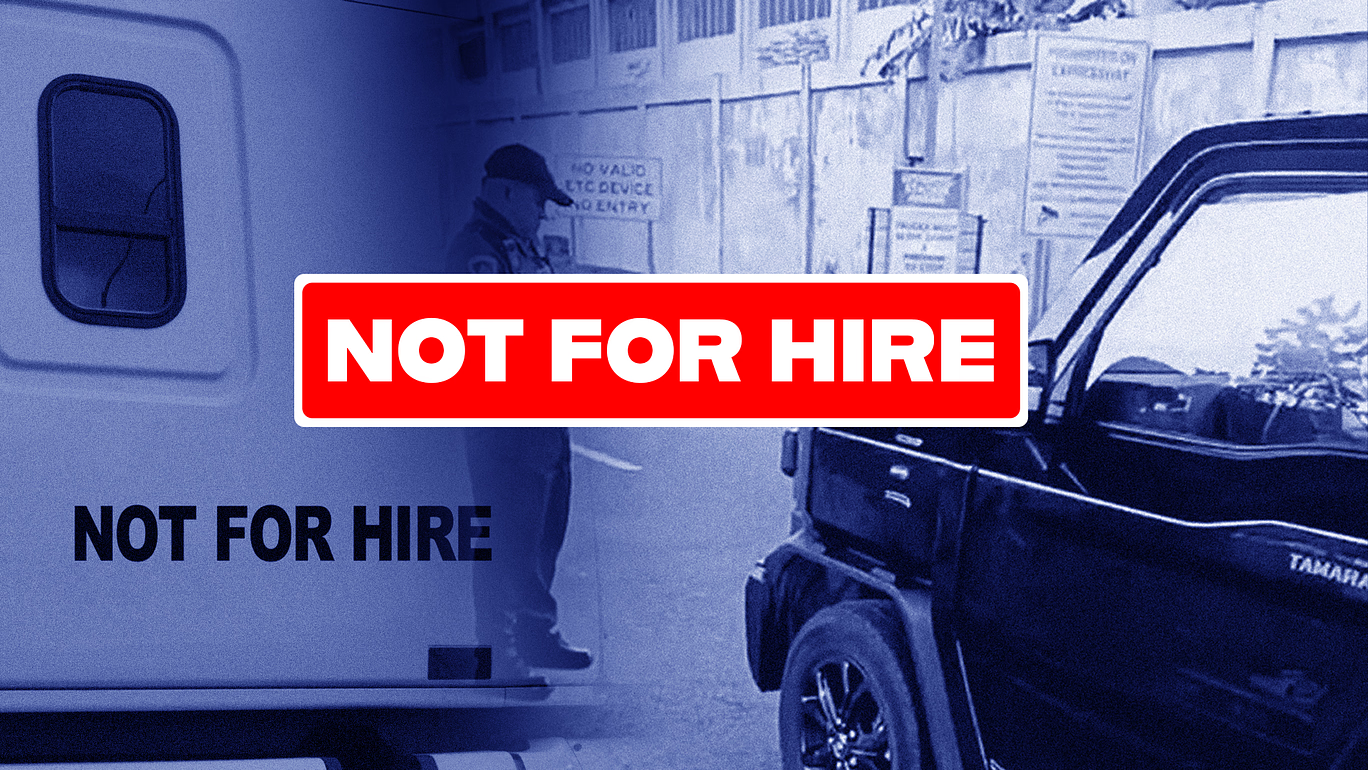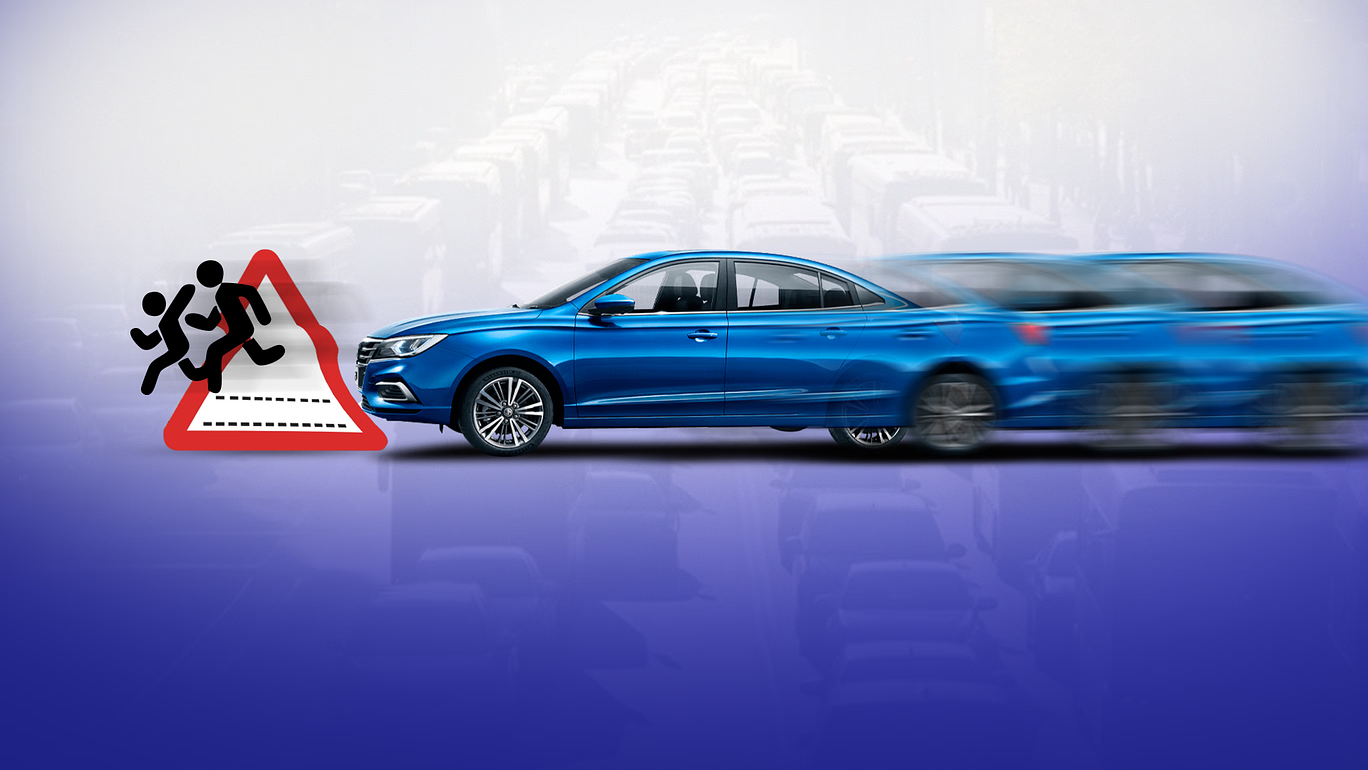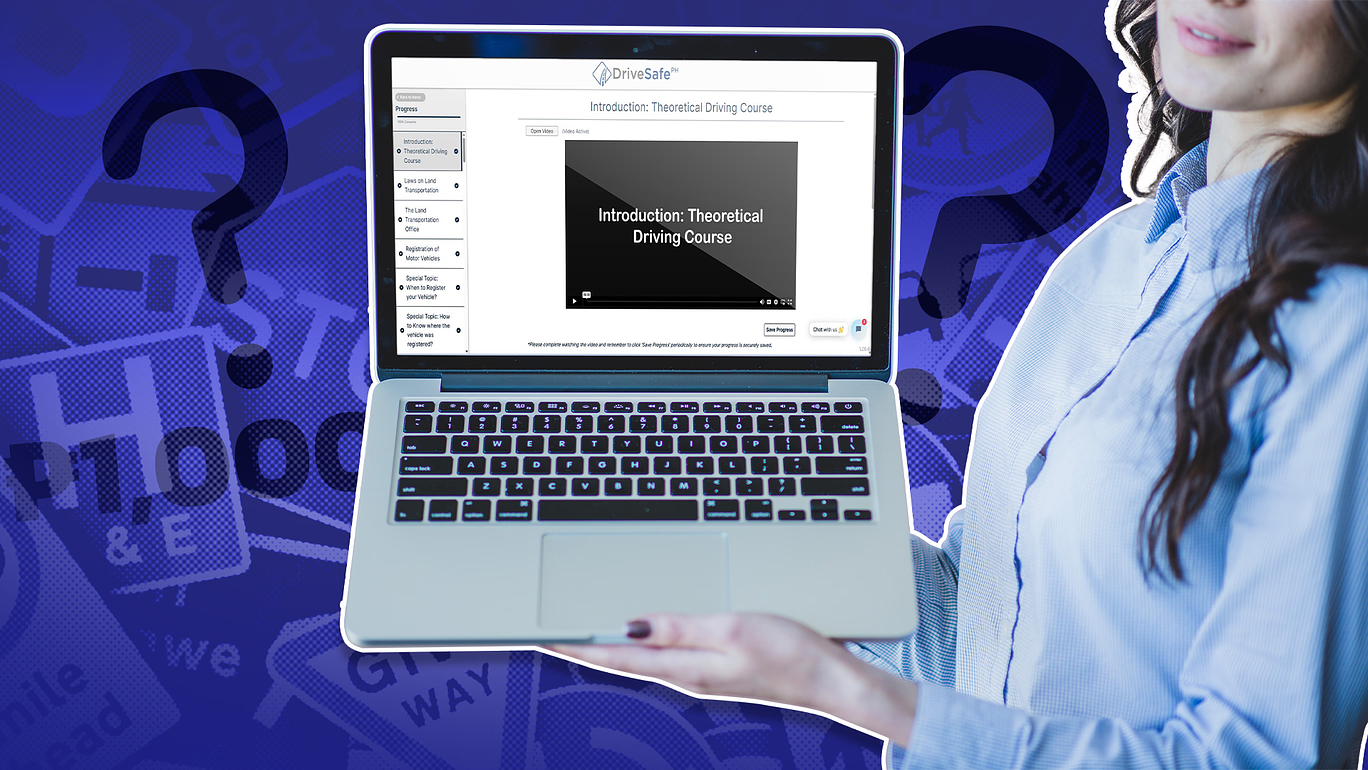A video recently made rounds online showing a traffic enforcer stopping an SUV-type pickup truck in the Philippines. The reason: it didn’t have a “Not for Hire” sticker, and the enforcer claimed that loading cargo into the truck bed meant it should be marked accordingly. The incident sparked strong reactions and raised questions among vehicle owners, especially those who use pickups and utility vehicles for personal or business purposes.
Was the stop justified? Is a “Not for Hire” sticker actually required by law? Here’s what you need to know.
Understanding “For Hire” vs. “Not for Hire”
These markings are commonly seen on vehicles across the Philippines, especially on trucks, vans, and motorcycles. But what do they actually mean?
- “For Hire” indicates that the vehicle is used for commercial purposes, typically transporting goods or passengers in exchange for payment. These vehicles are subject to stricter regulation and must be registered as public utility vehicles (PUVs) with an appropriate franchise or special permit from agencies such as the LTFRB.
- “Not for Hire” is usually placed on vehicles that look like they could be used for commercial purposes (like vans, pickups, or closed trucks) but are used privately or internally by a company. This label is used to signal to enforcers that the vehicle is not being used to transport goods or people for a fee.
However, it’s important to know that “Not for Hire” is not a legal requirement for private vehicles.
What the Law Actually Says
There is no existing law under the Land Transportation and Traffic Code (RA 4136) or any current LTO regulation that mandates private vehicle owners to display a “Not for Hire” sign.
The requirement to label a vehicle as “For Hire” applies only to those who operate for public transport or cargo delivery services and hold the proper documentation (like a Certificate of Public Convenience). If you are not earning from your vehicle’s operation, then your vehicle is not “for hire,” and no sticker is needed.
In the case of the viral video, the driver of the pickup truck was reportedly using the vehicle for personal purposes. The MMDA later clarified that the enforcer was mistaken and overstepped his authority by citing the lack of a sticker as a violation. The officer was removed from duty, and the MMDA reaffirmed that a private vehicle does not need to display a “Not for Hire” label.
Why Do Some Private Vehicles Still Have “Not for Hire” Stickers?
Many companies and individual drivers still choose to display “Not for Hire” stickers as a preventive measure. This is particularly common with vehicles that resemble PUVs or delivery trucks, such as:
- Pickup trucks
- Delivery vans used for internal logistics
- Business vehicles that are not earning from public transportation
In some areas, enforcers might mistakenly assume that any vehicle carrying cargo is operating commercially. The sticker can help clarify the vehicle’s intended use and potentially avoid unnecessary stops. But again, it is not required by law, and private vehicle owners should not be penalized for not having one.
What Could Be Considered a Real Violation?
While “Not for Hire” is optional, here are real violations that can result in penalties:
- Colorum operation – Using a private vehicle to transport goods or people for pay, without proper registration or franchise
- Overloading – Exceeding the allowable gross vehicle weight
- Using a private plate for business – Operating a business vehicle without upgrading registration to “for hire”
- Lack of registration or insurance – Driving an unregistered vehicle or without proper coverage
In these cases, violations are based on function and documentation, not on whether a sticker is displayed.
A Note for Vehicle Owners
If you are using a pickup, van, or company vehicle for internal use, there’s no harm in placing a “Not for Hire” sticker, but don’t let anyone tell you it’s mandatory. What’s more important is that your vehicle is properly registered and not being used for paid public services unless authorized.
Understanding your rights as a motorist and being familiar with actual transportation policies can help you respond confidently when stopped. If you’re unsure, refer to official sources such as the LTO and MMDA, or consult a legal expert.
If you’re a new driver or managing a fleet of company vehicles, make sure you know what markings, registrations, and documents truly matter, and don’t fall for misinformation, even from uniformed personnel.
For the latest updates on transport policies, road safety measures, and driving education, connect with DriveSafe PH:
✔ Follow us on Facebook for real-time updates: https://www.facebook.com/drivesafeacademy
✔Be a responsible and safe driver—Enroll in our OTDC: https://main.drivesafe.ph/find-driving-school



